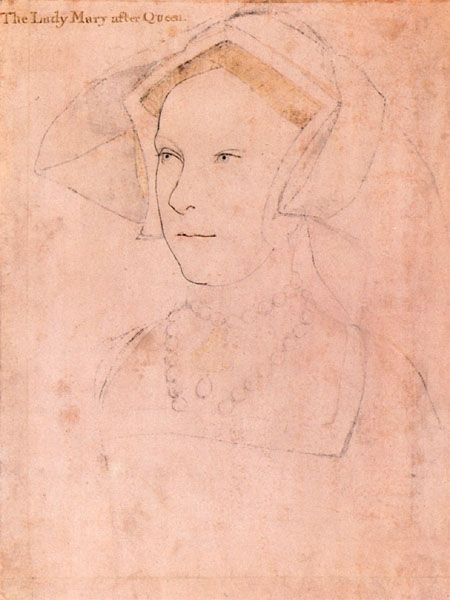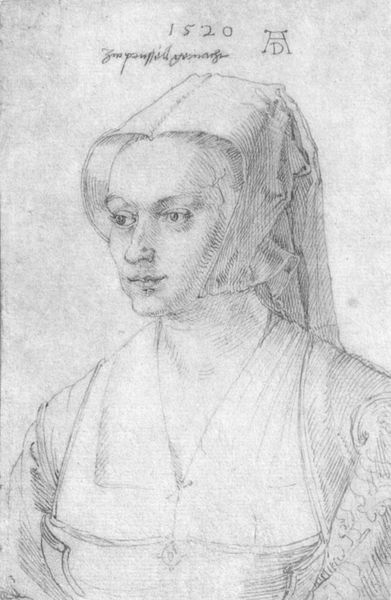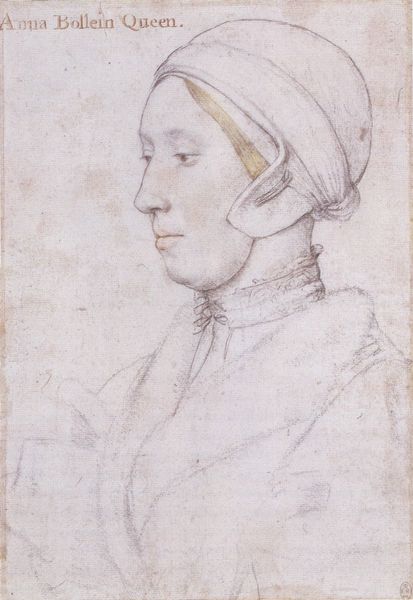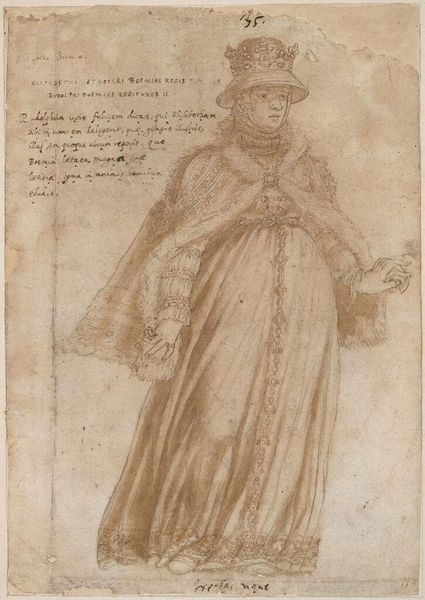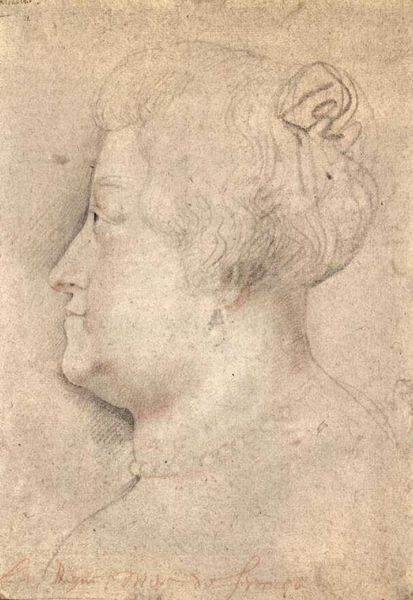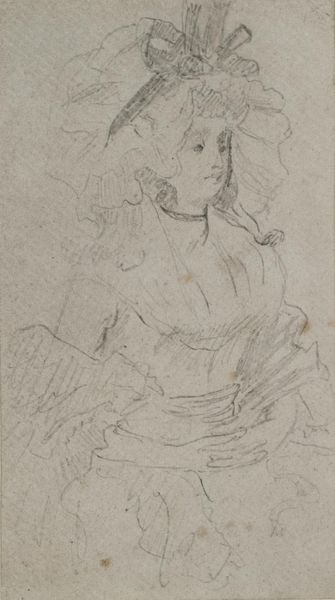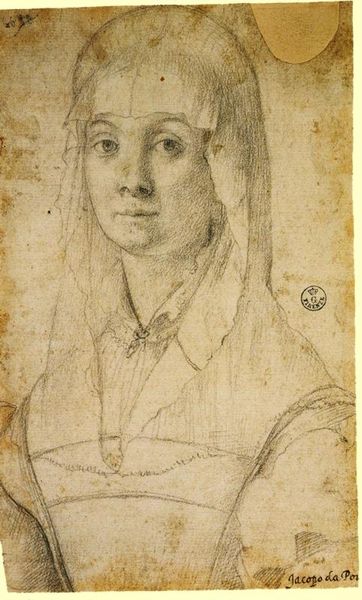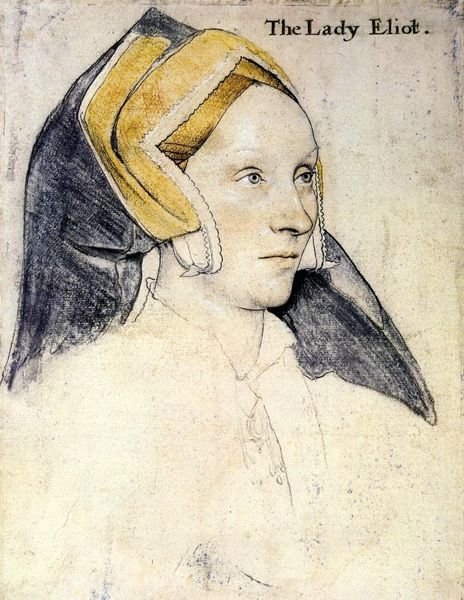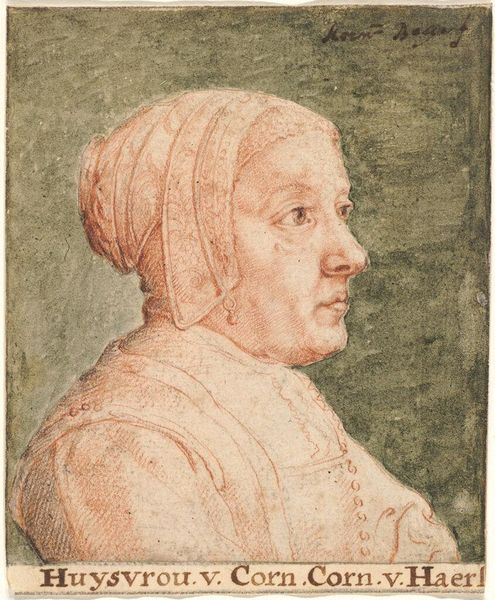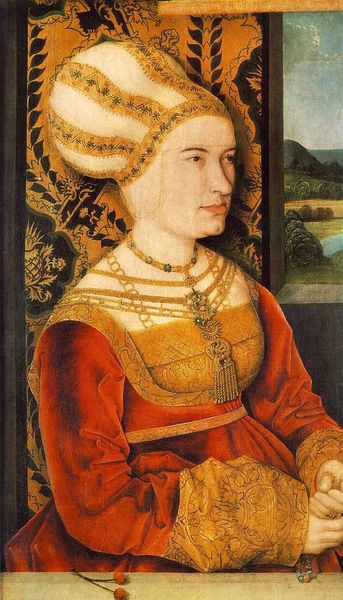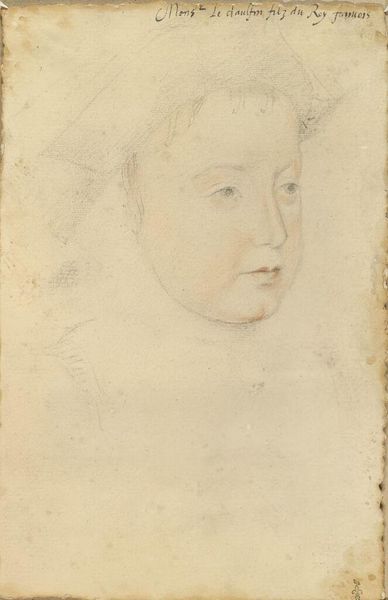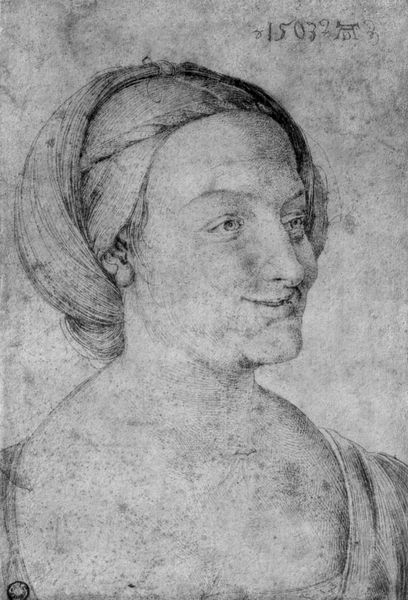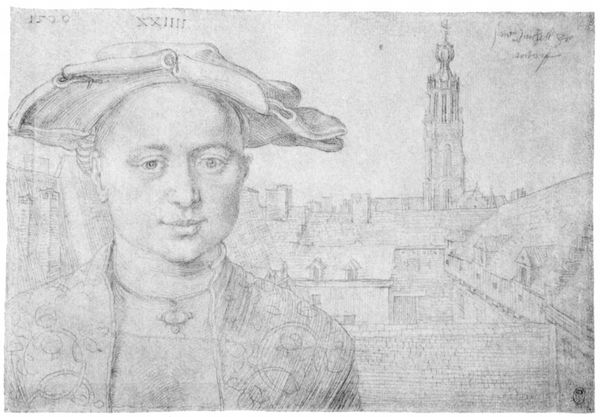
drawing, paper, pencil
#
portrait
#
drawing
#
paper
#
pencil
#
line
#
history-painting
#
northern-renaissance
Copyright: Public domain
Editor: This is Hans Holbein the Younger's "Portrait of Jane Seymour," created around 1537 using pencil on paper. It’s incredibly delicate. I am really struck by the precision of the lines and how much they convey, even without color. What details do you notice first, or how do you interpret this piece? Curator: It's almost haunting, isn’t it? I see a woman caught between worlds, really. Holbein's preparatory sketches always possess an intimacy the final oil paintings, grand as they are, sometimes lack. Look closely at the mouth. See that slight downturn? He’s captured a fragility there, and perhaps even a quiet resignation. She was, after all, Henry VIII's third wife, and the pressure…one can only imagine. Do you notice how much detail he includes in her headdress and jewelry, and how comparatively little in the face itself? It’s all suggestion, atmosphere, really. Editor: That’s a fascinating point about the headdress versus the face. I hadn't thought of it like that. It’s as if the accessories are loud, drawing all of the attention to them, but her face feels… muted, like it almost recedes into the background. Curator: Precisely! The opulence screams, while she whispers. What might Holbein be saying there, do you think, about Jane's agency, or lack thereof? Art is really about conversation through time, a connection made over what is seen and what is felt. Editor: Absolutely! It's astounding how much of a story can be told through such simple lines. Curator: And a single sketch! Editor: I agree, I’ll certainly never see Holbein's portraits in the same way. This look behind the curtains has changed my whole outlook.
Comments
No comments
Be the first to comment and join the conversation on the ultimate creative platform.
